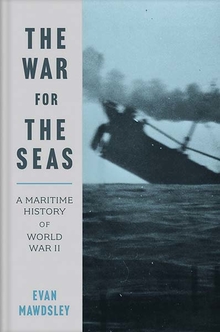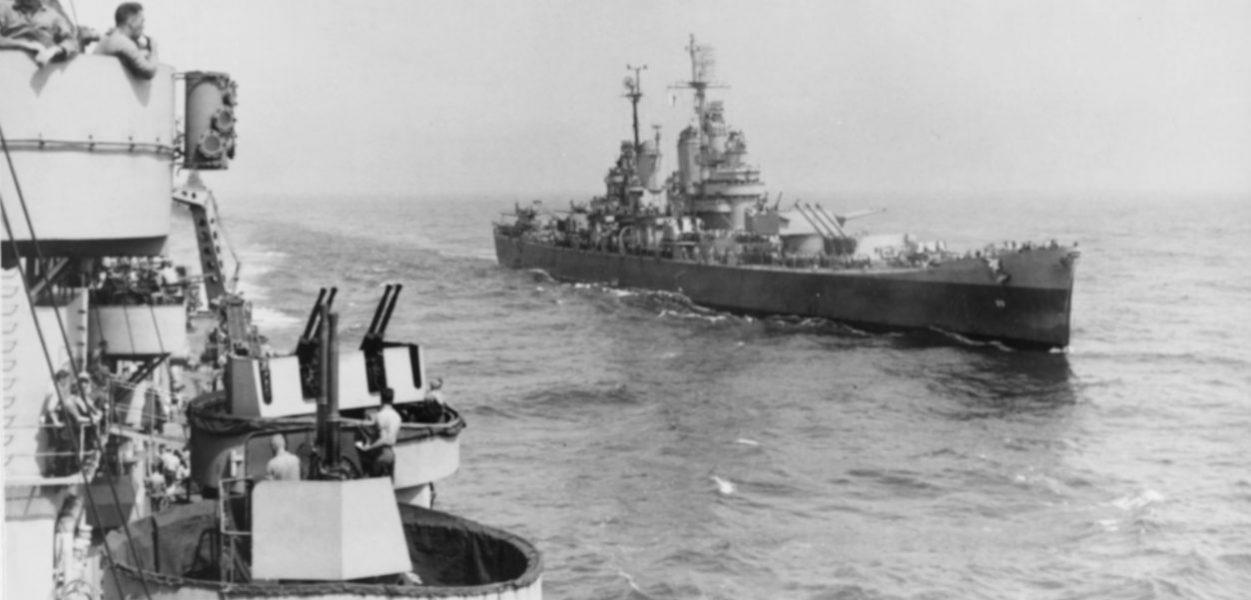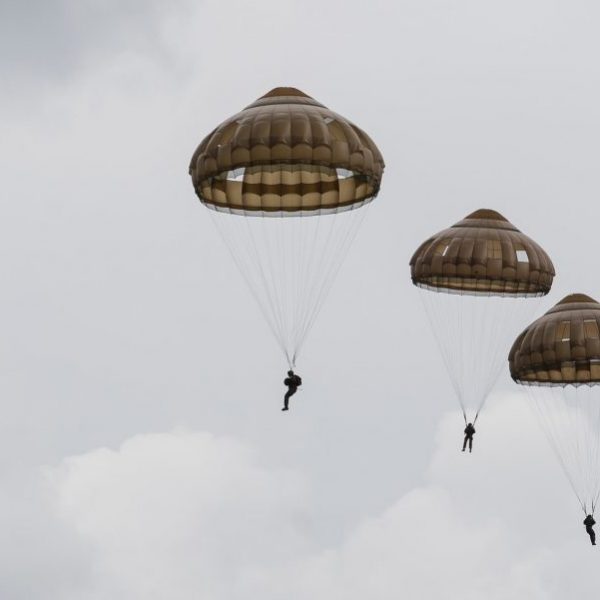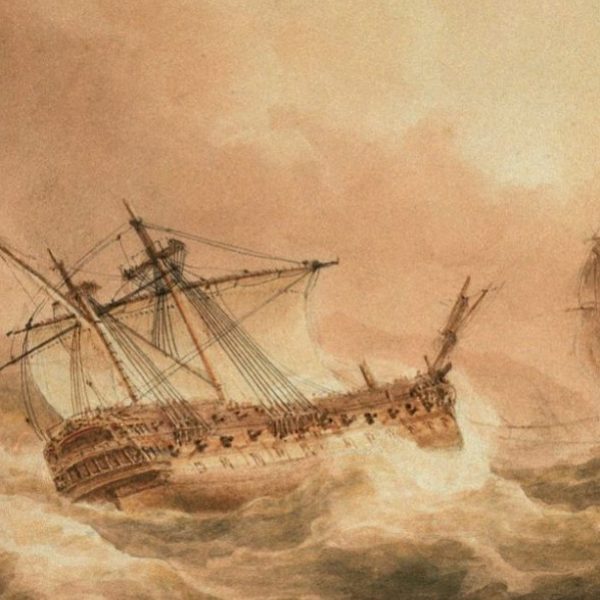Changing the Guard at Sea
Evan Mawdsley—
For seventy-five years the United States has possessed what is, by a very considerable margin, the most powerful navy in the world. It has been an agent of global influence, in times of both war and peace. The US Navy replaced the British Royal Navy, which had held a comparable position since the eighteenth century. So when did this “changing of the guard” take place?
When World War II began, the two navies were closely comparable. In terms of warship strength the British government had accepted parity with the US in the naval treaties of Washington (1922) and London (1930). Personnel strength was similar, at roughly 200,000. Nevertheless Britain had a larger merchant marine, a more active shipbuilding industry, and—with the Empire—a global base system.
Britain went to war more than two years before America. Historians sometimes give the Royal Navy less credit than is due for what it achieved in 1939–1942: the German and Italian surface fleets were successfully neutralized in the Atlantic and the Mediterranean, and vital shipping lanes were kept open. However, the cost was heavy—not least from U-boats and Luftwaffe bombers. And when Japan attacked, Britain’s empire in Southeast Asia could not be defended. As the great naval historian Herbert Richmond put it, a two-hemisphere war could not be fought and won with a one-hemisphere navy.
The US meanwhile enjoyed twenty-six months of neutrality. But the Pacific War, when it came, inflicted heavy losses, with Pearl Harbor, two major carrier battles (Coral Sea and Midway), and heavy fighting in the South Pacific. Four American “fleet” (full-size) carriers were lost in 1942. Fortunately for the Allies, the Japanese were also exhausted, and there would be no major fleet action in 1943.
The critical moment for the US Navy and the pivot for global sea power came in the spring of 1944. The instrument was the Fast Carrier Force, which in January 1944 was re-designated as Task Force 58 (TF 58). Organized into four “task groups,” each one larger than the American fleets of 1942, TF 58 initially comprised four of the new “Essex” class fleet carriers and six new light carriers, in addition to two pre-war fleet carriers; on board were no fewer than 650 planes. By the time of the decisive Battle of the Philippine Sea (off the Marianas) in June 1944, TF 58 included six “Essex” class, the pre-war Enterprise, and eight new light carriers; aircraft strength was now 800. The US Pacific Fleet also had a force of five new fast 35,000-ton battleships, and in January 1944 two new 45,000-ton giants arrived; there were also seventeen new cruisers and dozens of new destroyers. TF 58 was supported by a “fleet train” of supply ships and mobile bases, enabling it to stay at sea for very long periods. Essentially this was the result of pre-war programs of ship and aircraft production; especially important was the “Two Ocean” Navy Act of July 1940, passed by Congress immediately after the surrender of France.
The US Navy had now leapt ahead. Britain had completed five 35,000-ton battleships by the end of 1943, but a bigger successor class had been abandoned in 1939 when shipyard priorities became escort vessels, merchant ships, and ship repair. Britain had been slightly ahead in carrier construction in the late 1930s, but the new Ark Royal and three older fleet carriers were lost in the fighting in European waters. The fifth of six new armored fleet carriers was commissioned in late 1943 (the last one followed in 1944). Meanwhile the number of American “Essex” class fleet carriers continued to grow after June 1944; there were eight by the time of the invasion of the Philippines in October 1944, and no fewer than fourteen at the end of the war. But even in June 1944 US strength in major battle units had significantly surpassed the British fleet.
Britain fought a different maritime war. I have argued elsewhere that German control over Europe was such a fundamental threat that the battle for the Atlantic, won largely by the Royal Navy and Royal Air Force, was more important than the Pacific war. Overall, the Royal Navy lost more personnel than the US Navy, 51,000 killed in action as against 36,000. The British shipbuilding industry, rapidly overtaken by that of the US, had to concentrate on anti-submarine ships and landing vessels. (Britain also received a very large number of such vessels from US shipyards, at least from late 1943 onwards.) The Royal Navy provided most of the warships that operated in the Atlantic, the Mediterranean, and the Indian Ocean. The US Navy, it should be recalled, also fought a “one-hemisphere” (“one-ocean”) war, with nearly all its large warships committed to the Pacific after 1942.
The Royal Navy, of course, was never going to fight a fleet battle against its American counterpart. The point is, however, that the relative status of the two navies would never be the same again. By the end of the war the personnel of the US Navy, at about 3,400,000, was nearly four times that of its British counterpart. The most powerful force the Admiralty ever assembled finally arrived off southern Japan in early 1945. However, the four new armored carriers and two modern battleships of the British Pacific Fleet (BPF) amounted to less than one of the five American task groups now in TF 58; air strength was only 212 planes (nearly all American-supplied). Moreover the BPF was largely dependent on the US Navy for logistic support.
After VJ-Day the loss of the empire, economic decline, and nuclear weapons would confirm the end of the Royal Navy as a top-rank force. But the first half of 1944 had been the pivotal point.
Evan Mawdsley is a historian and was formerly professor of international history at Glasgow University. He is the author of World War II: A New History and a Sunday Telegraph Book of the Year, December 1941.
Further Reading:



























